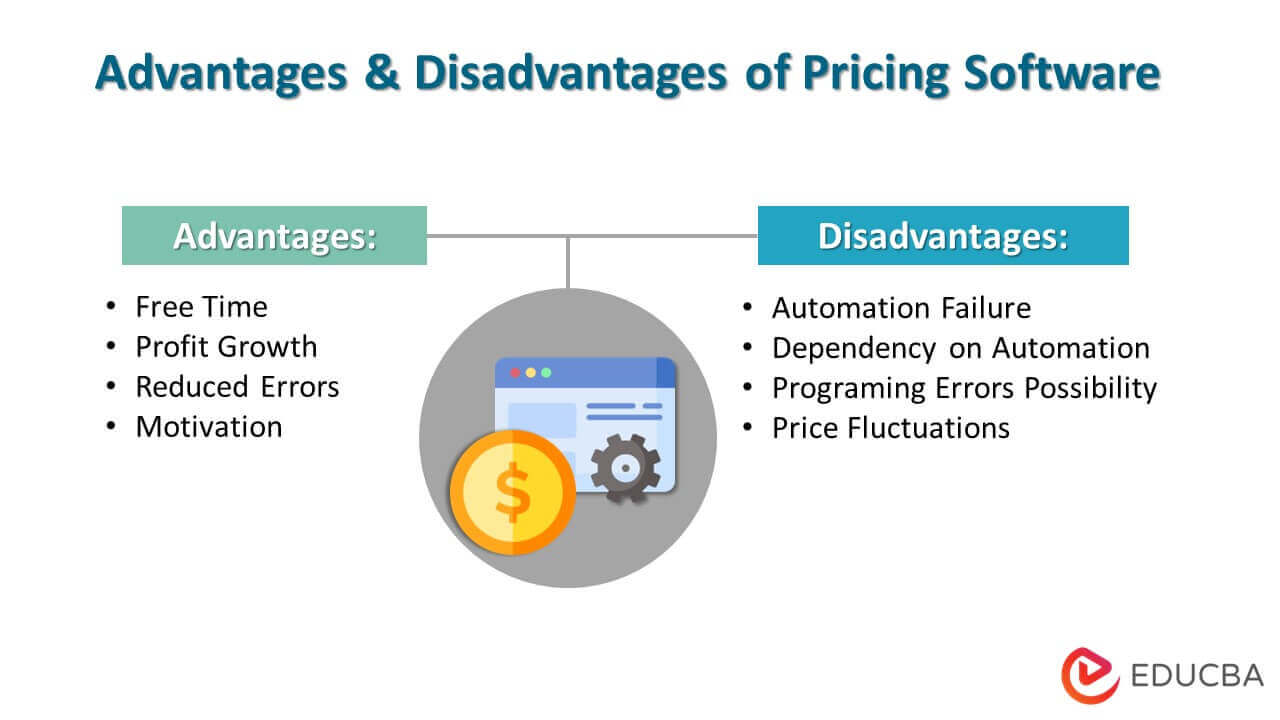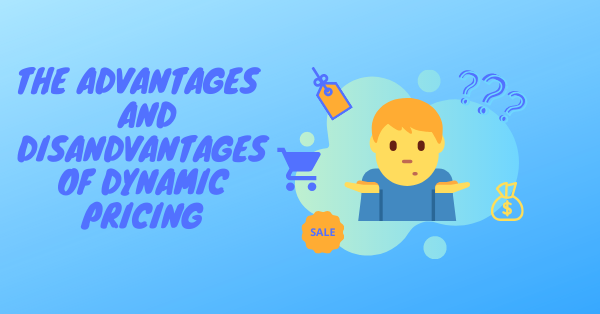

While the benefits can be significant, there are also pitfalls to avoid. If retailers compete excessively with each other, profits can suffer for everyone.īefore launching a pricing optimisation strategy, retailers must consider the potential advantages and disadvantages.

Pricing strategies must evolve to remain effective.Ĭollect customer data relating to behaviour and preferences, generate actionable insights. Maintain a competitive advantage by matching or beating competitor prices. Retailers can build stronger relationships with their customers.ĭynamic pricing is sometimes perceived as taking advantage. Significant data and complex algorithms can be expensive to put in place. Stock movement can be accelerated, which promotes inventory optimisation. The Pros and Cons of Dynamic Pricing Potential ProsĪdjusting prices in real time, based on demand, can increase profit.ĭiffering prices for the same product can lead to mistrust and confusion. The table below shows some pros and cons that you may need to consider. The battle for customer loyalty is raging, and dynamic pricing can play a role here. Supply chain disruption and cost of living increases are forcing consumers to shop around. The Fine Line Between Personalisation and Exploitationĭynamic pricing is a powerful tool that helps retailers stay competitive in a fast-paced marketplace. Shoppers can get a consistent view of availability, delivery times, prices, and product reviews without leaving the house. Modern customers are happy to go bargain hunting - omnichannel services make this more accessible than ever. It's also essential to keep an eye on what competitors charge. Market conditions will also impact pricing - we have all seen the effect of supply chain disruption in recent times. Items in high demand attract higher prices the opposite applies to things that generate little interest.

Consumer demand will directly affect how much retailers can charge for their products. Source: McKinsey Uncovering the Critical FactorsĪchieving the best results depends on several factors. Retailers who use dynamic pricing can increase revenue by raising prices on popular items and lowering costs on items with lower demand.Ī study by McKinsey & Company found that dynamic pricing, when implemented right, can increase margins by 5-10%.
Dynamic pricing advantages and disadvantages manual#
Price adjustments can be manual or automated (or sometimes a combination of both). Amazon, Walmart, and other leading retailers change thousands of prices daily to stay competitive. Dynamic pricing in retail means changing the prices of items sold depending on how popular they are and how much other sellers charge for them.


 0 kommentar(er)
0 kommentar(er)
